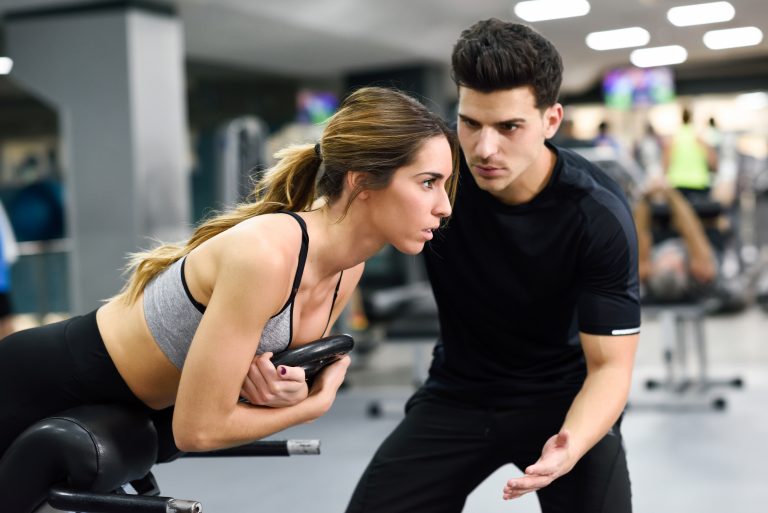Beta-blockers blunt your heart rate response—but they’re not a couch pass. If anything, they make smart endurance work (especially Zone 2) even more important to keep fat metabolism humming, build aerobic capacity, and train safely.
What beta-blockers change
- Muted heart-rate signal: Max heart rate and training heart rate read lower; HR rises slower. Legacy HR zones become unreliable.
- Perceived effort matters more: At the same HR, effort can feel tougher; breathing and RPE become your steering wheel.
- Top-end power may dip slightly: Peak surges can be more limited; aerobic base remains very trainable.
- Individual responses differ: Drug type, dose, and your underlying condition matter—progress gradually and listen to your body.
Drug classes & training—quick map
| Class | Examples | Typical training effect | Notes |
|---|---|---|---|
| β1-selective | Metoprolol,Bisoprolol,Atenolol | HR↓ at rest/exertion; Zone-2 very doable | Re-calibrate zones via RPE/Talk Test |
| Non-selective (β1/β2) | Propranolol,Carvedilol* | HR↓, peak power more blunted | *Carvedilol also α-blockade; caution with bronchospasm history |
| With NO effect | Nebivolol | HR↓; sometimes nicer peripheral vasodilation | Still steer by RPE/breathing |
Note: Asthma/COPD → avoid non-selective agents unless specifically approved by your physician.
Training without (reliable) HR: use RPE, breathing, pace/power
| RPE (0–10) | How it feels | Breathing/Talk test | Example |
|---|---|---|---|
| 2–3 | Very easy | Nasal breathing; full sentences effortlessly | Brisk walk, very easy spin |
| 3–4 (Zone-2) | Easy-moderate | Speak in full sentences; singing feels uncomfortable | Steady, sustainable for long |
| 5–6 | Moderate-hard | Short phrases; breathing deeper | Tempo run, sweet-spot on bike |
| 7–8 | Hard | Single words | Threshold work |
| 9–10 | Very hard/max | No talking possible | VO₂max intervals, sprints |
Complement with pace (running) or power (cycling). On beta-blockers these are often more precise than heart rate.
Finding your Zone-2 on beta-blockers
- Warm up 10–15 min until breathing is calm.
- Increase to RPE 3–4; you can talk in full sentences, but singing is uncomfortable.
- After 10 min at steady feel, note the stable HR (orientation only) and/or the pace/power you’re holding. That’s your Zone-2 output.
- Hold for 30–60 min, 3–5×/week. Progress shows as lower HR at same pace/power or more pace/power at same RPE.
- Add strength training 2–3×/week (compound lifts, moderate load, pristine technique).
Fat loss & metabolism—what’s realistic
- Beta-blockers can slightly dampen thermogenesis and HR peaks. Solution: more Zone-2 volume + lots of daily movement (steps, stairs, stand breaks).
- Protein-forward nutrition and sleep (see below) are non-negotiable; without sleep, training and supplements underperform.
Work hard, pay your mortgage, pop your beta-blocker—The American Dream in three steps.
Dark humor, serious point: you can’t medicate your way out of chronic stress. Smarter control (RPE/breathing/pace/power), adequate sleep, and structured Zone-2 beat the pill-only reflex—every time.
The Kitchen-Counter Paradox
In God we trust, in supplements we overdose: gallon jars of multis and adaptogens lined up like Smarties—next to double-shot espresso and a lunch you ate in the car. Wearables tracking everything except your bedtime. Basics first: Zone-2, protein, sunlight, steps, 7–8 hours of sleep. Then worry about the fancy stuff.
Weekly plan (beta-blocker adapted)
| Day | Session | Intensity | Duration | Steering |
|---|---|---|---|---|
| Mon | Zone-2 endurance | RPE 3–4 | 45–60′ | Talk test, pace/power |
| Tue | Full-body strength | Moderate | 35–50′ | 2–3 sets, pristine technique |
| Wed | Zone-2 + 4×2′ brisk | RPE 3–4 + 6–7 | 40–55′ | Short surges, full recoveries |
| Thu | Walk/easy spin | Very easy | 30–45′ | Active recovery |
| Fri | Zone-2 endurance | RPE 3–4 | 45–60′ | Steady |
| Sat | Strength + core | Moderate | 35–50′ | Compound lifts |
| Sun | Long Zone-2 | RPE 3–4 | 60–90′ | Hold pace/power; test fueling |
Do’s & Don’ts—safety and sanity
| Do | Don’t |
|---|---|
| Steer by RPE/breathing/talk test | Use pre-medication HR zones as gospel |
| Anchor your week in Zone-2 (3–5×) | Jump into hard intervals without a base or medical clearance |
| Progress gradually; watch for dizziness/chest pressure | Tinker with medication dosing on your own |
| Prioritize strength and sleep (7–8 h) | Replace smart control with “more caffeine” |
Tim-Cook-o’clock: rise at 4 a.m.—but do you sleep?
Waking at 4 a.m. can be a power move—if you’re lights-out by ~10 p.m. Many copy the wake-time, skip the bedtime, and then wonder why training stalls. Below ~6 hours, risks for hypertension, insulin resistance, and cognitive drag spike; most adults need 7–8 hours. Biohacking without sleep is like beta-blockers with energy drinks: self-canceling.
Smartwatches and Beta-Blockers: When Numbers Lie
Smartwatches are handy training companions – as long as your heart isn’t pharmacologically tamed. Under beta-blockers, the watch still shows your heart rate, but the number is artificially suppressed and loses its connection to real effort. You may feel like climbing the Alps while your watch insists you’re just jogging. The lesson: don’t blindly trust the screen. Use RPE scales, breathing rhythm, and subjective effort as smarter guides for endurance training.
| Parameter | Normal Training | With Beta-Blockers |
|---|---|---|
| Heart Rate on Smartwatch | Reliable indicator of effort | Artificially suppressed, not effort-based |
| Zone 2 Guidance | Directly measurable via HR (e.g. 65–75% max) | Unreliable, must rely on RPE |
| Subjective Effort (RPE) | Useful but secondary | Primary tool for accurate intensity |
| Training Control | Heart rate zones + smart data | Smartwatch limited, RPE & breathing cues essential |
Key takeaways
- Beta-blockers ≠ stop sign: You can train effectively with the right steering.
- Zone-2 is your ally: fat metabolism, mitochondrial health, durable engine.
- HR is just one tool: on beta-blockers, rely more on RPE, breathing, pace/power.
- Sleep & stress: 7–8 hours, daylight, steps—non-negotiable foundations.
This article is educational and not a substitute for medical advice. New symptoms (chest pain, unusual dizziness, breathlessness), arrhythmias, or lung disease → coordinate training with your physician.













